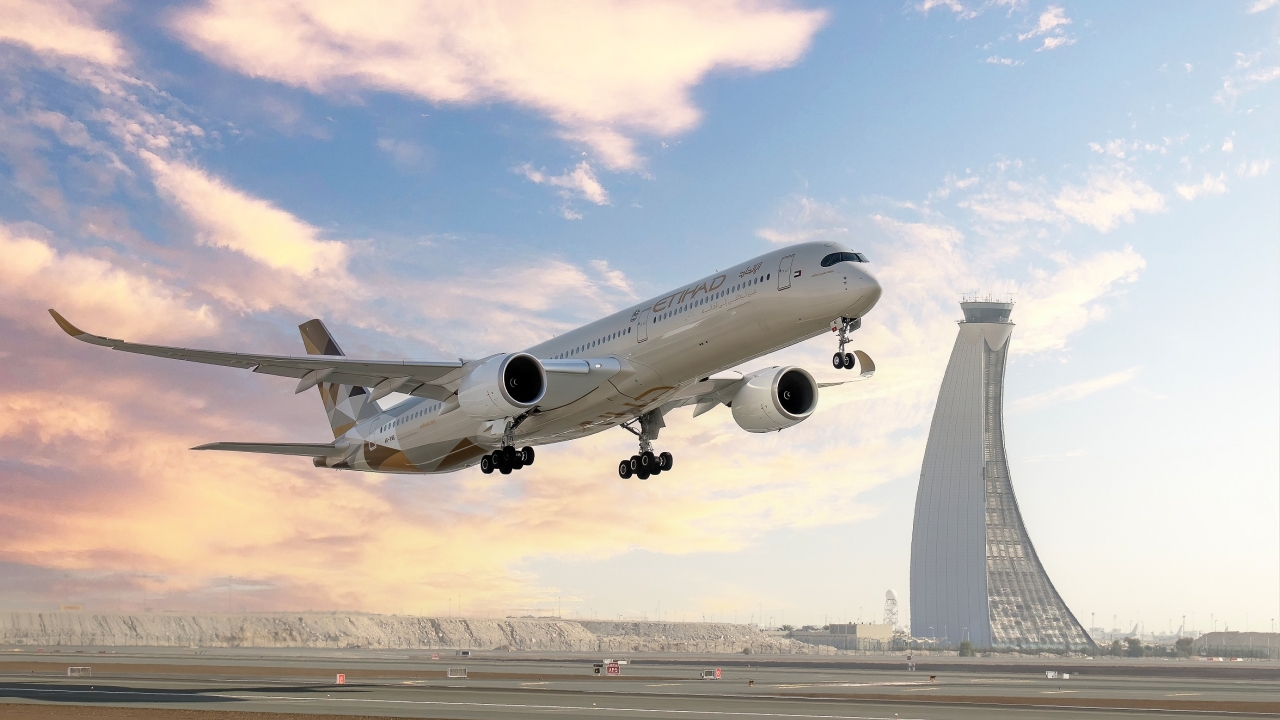Pichler flies the flag against the high threat of low-cost
Royal Jordanian Airlines boss, Stefan Pichler, has prepared well for an influx of low-cost competition, as Martin Rivers reports

Ryanair’s decision to launch 14 routes to Jordan last year could easily have been a disaster for Royal Jordanian Airlines, the country’s flag-carrier.
Only two other MENA nations – Israel and Morocco – have experienced a large-scale influx of low-cost airlines from Europe. The flag-carriers of both countries struggled financially when their markets opened up to no-frills competition.
Yet, despite facing the same headwinds, Royal Jordanian delivered an 87% rise in net profits in the first nine months of last year, accelerating the turnaround launched by new chief executive Stefan Pichler.
“I have run low-cost airlines for more than 10 years and I have run legacy airlines for more than 15 years, so that’s all rubbish,” Pichler said when asked about the changing landscape, harking back to his days at Jazeera Airways, Fiji Airways, Air Berlin and Thomas Cook.
“The reality of the airline business model is it suits the market in which you operate. That’s it. Put it in whatever box you like.”
While he is not a fan of the “low-cost” label, Pichler is steadfastly committed to its guiding principles. One of his first acts as chief executive was removing free hot meals from short-haul flights. He also introduced hand-luggage-only fares – a novelty in a region where generous baggage allowances are the norm.
Further changes are expected as the airline adjusts to heightened competition from abroad.
“By April [2019] we are going to have increased the density on-board of our aircraft in economy class… and we will have a reduced business class by one row,” Pichler affirmed. “So we are increasing the earning capacity on-board of our short-haul and medium-haul fleet.”
Royal Jordanian is also boosting its dependence on connecting traffic through Amman, which now accounts for about one-third of the business.
Outlining the network strategy, Pichler said he favours a gradual process of “enhanced connectivity” over headline-grabbing expansion. Three destinations were launched last year – Copenhagen in Denmark, and Erbil and Sulaymaniyah in Iraq – while this summer will see the long-awaited addition of Washington DC.
Royal Jordanian currently flies from Amman to 20 points in the Middle East and north Africa, 17 in Europe, four in North America, and three in the Far East.
The airline is reducing its exposure to the Persian Gulf because of capacity dumping by rivals that “are not necessarily focused on the bottom line”.
However, Pichler believes the once-lucrative Syrian market, just across Jordan’s northern border, could soon recover: “We hope Syria opens up again. For us it’s two things. Right now, we fly to Beirut but we are not allowed to overfly Syria, so it makes our route much longer. And the other thing is flying back to Syria.”
He noted that Royal Jordanian used to serve three “beautiful destinations” in Syria – Damascus, Aleppo and Deir ez-Zor – and said the airline would resume operations to its neighbour immediately, if given the green light by regulators.
While the flag-carrier strengthens its Amman hub, there is evidence of strategic pullbacks elsewhere.
Pichler has dissolved Royal Wings, a charter-cum-low-cost subsidiary that mainly operated leisure flights from Aqaba in the south of Jordan. He has also ditched plans to base one of Royal Jordanian’s aircraft in the city – effectively leaving the market to be carved up by Ryanair, EasyJet and Norwegian Air Shuttle.
The Aqaba Special Economic Zone Authority is now seeking to acquire Royal Wings’ operating licence with a view to launching its own airline, Fly Aqaba.
Turning to the fleet, Pichler said a decision will be taken in the first quarter of 2019 about new aircraft orders.
The chief executive has already committed to replacing Royal Jordanian’s 19 narrow-bodies with 23 units by the middle of the next decade. “We try to get the best offer, full stop,” he said of on-going talks with Boeing, Embraer and Airbus. “The best offer for me is very simple: NPV – net present value.”
No wide-body orders are planned as the airline’s seven Boeing Dreamliners are all less than five years old.
Stay up to date
Subscribe to the free Times Aerospace newsletter and receive the latest content every week. We'll never share your email address.

